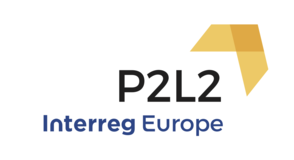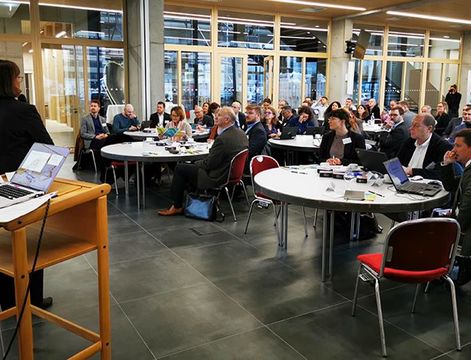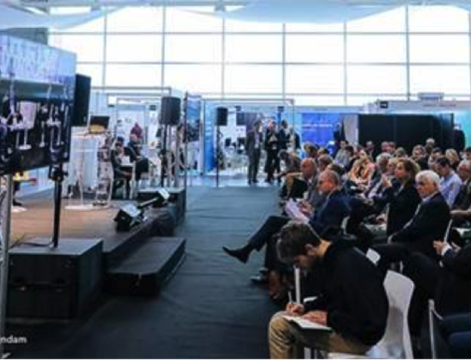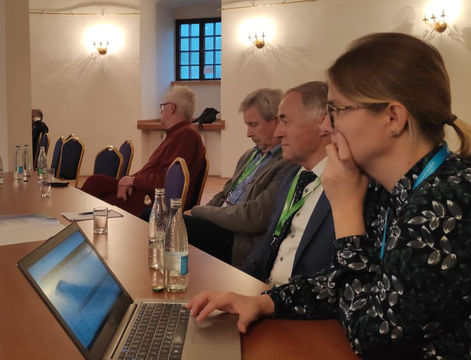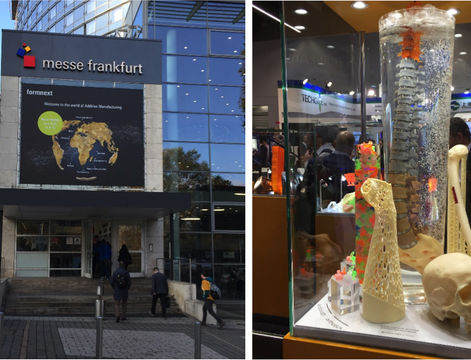Lithuania has allocated around EUR 800 million of its European Structural and Investment funds (ESIF) in the 2014 to 2020 programme period for its Smart Specialisation Strategy (S3). The main implementing ministries: the Ministry of Economy and Innovation and the Ministry of Education, Science and Sport, have initiated 22 measures which target businesses, researchers, research institutions, as well as business-research collaboration projects.
An interim evaluation took place at the end of 2018. Although it is too early to discuss the impact of S3 on the economy, it is possible to understand the traction and direction of its implementation, search for various signals, and take action. Along with the evaluation of available data from monitoring, the official Entrepreneurial Discovery Process (EDP) was re-established, involving relevant stakeholders, some of whom were already involved in the earliest phases of the process.
The Lithuanian P2L2 partners found out that the concentration of investments is insignificant, mainly due to low intensity of financing. Forty-five percent of the applications were rejected, mainly due to their proposals' lack of R&I activities. Too detailed a specification of priorities in the official documents can become an obstacle for innovative ideas, because the evaluators would look for certain keywords rather than the logical connection. “Super-priorities”, meaning those that would perform in every aspect of intervention, have not emerged yet.
A decision was reached to abandon the logic of two-level hierarchy S3 priorities and stay with the broader and more inclusive single level. Out of the 20 specific priorities covered by 6 priority areas, 7 priorities were reformulated with the involvement of EDP stakeholders.
The list of corresponding technologies from 2012 was renewed in the new priorities with most of their original titles and designations remaining the same.
It was also decided that project selection should be based on the potential to address important problems/societal challenges rather than integrate the priorities' specification. This will make it possible receive more applications and encourage further cross-sectorial approaches.
The capacity to gather evidence and the on-going exchange with stakeholders in the context of a continuous EDP are crucial elements in order to extract meaningful interpretations/conclusions from data. A valid evaluation, performed in timely fashion can improve the traction or even change the direction of S3 implementation.
Update on the Lithuanian P2L2 action plan
Lithuanian Action Plan includes six main action steps with the final goal of providing recommendations based on experiences from the P2L2 project to improve the Innovation Vochers or Innovouchers’ policy instrument implemented in Lithuanian Region. Those steps include actions such as reviewing funding schemes, abolition of the pre-defined list of R&D services, improvement of the application submission and evaluation procedure, introducing continuous calls for application, lengthening the duration of projects up to 24 months, and the possibility to submit and administer the application using DMS and SFMIS. The main idea and vision of the Lithuanian action plan is to increase the productivity of Lithuanian SMEs, as well as the number of employees and turnover, and significantly increase private sector spending on R&D. The biggest part of the Lithuanian action plan has been implemented and the renewed Innovouchers policy instrument was launched on 27 April 2018. For monitoring of the action plan, 7 main indicators have been analysed:
- Increased share of private investments
- Increased share of projects submitted for experimental activities (TRL6-9);
- Success ratio (selected projects vs applications);
- Share of SMEs that received funding through Innovouchers executing other R&D activities;
- Smaller share of projects that requires extending the time for the project implementation;
- Reduced time for reporting on project implementation
- Number of processes that became electronic.
The indicators for “share of private investments”, “success ratio” (selected projects vs applications) and “number of electronic processes” have almost achieved their target goals. On the other hand, it is too early to evaluate some indicators such as “share of SMEs that received funding through Innovouchers”, “share of projects that requires extending the time” and “reduced time for reporting on project implementation”. The only indicator which looks as if it will not achieve the target ratio is “increased share of projects submitted for experimental activities” (TRL6-9). The reason of the decrease of submitted projects for experimental activities could be due to increased financial contribution of companies.

The results of the full Lithuanian region action plan monitoring will be presented on the final P2L2 project event in Bremen on 18 November 2019.
